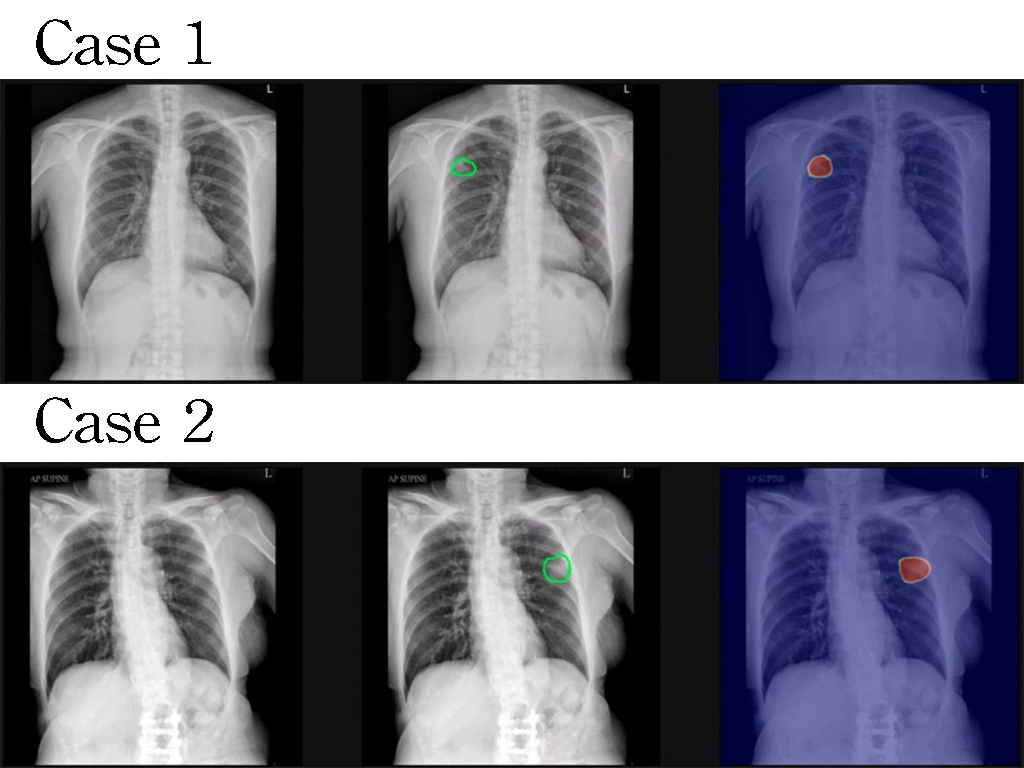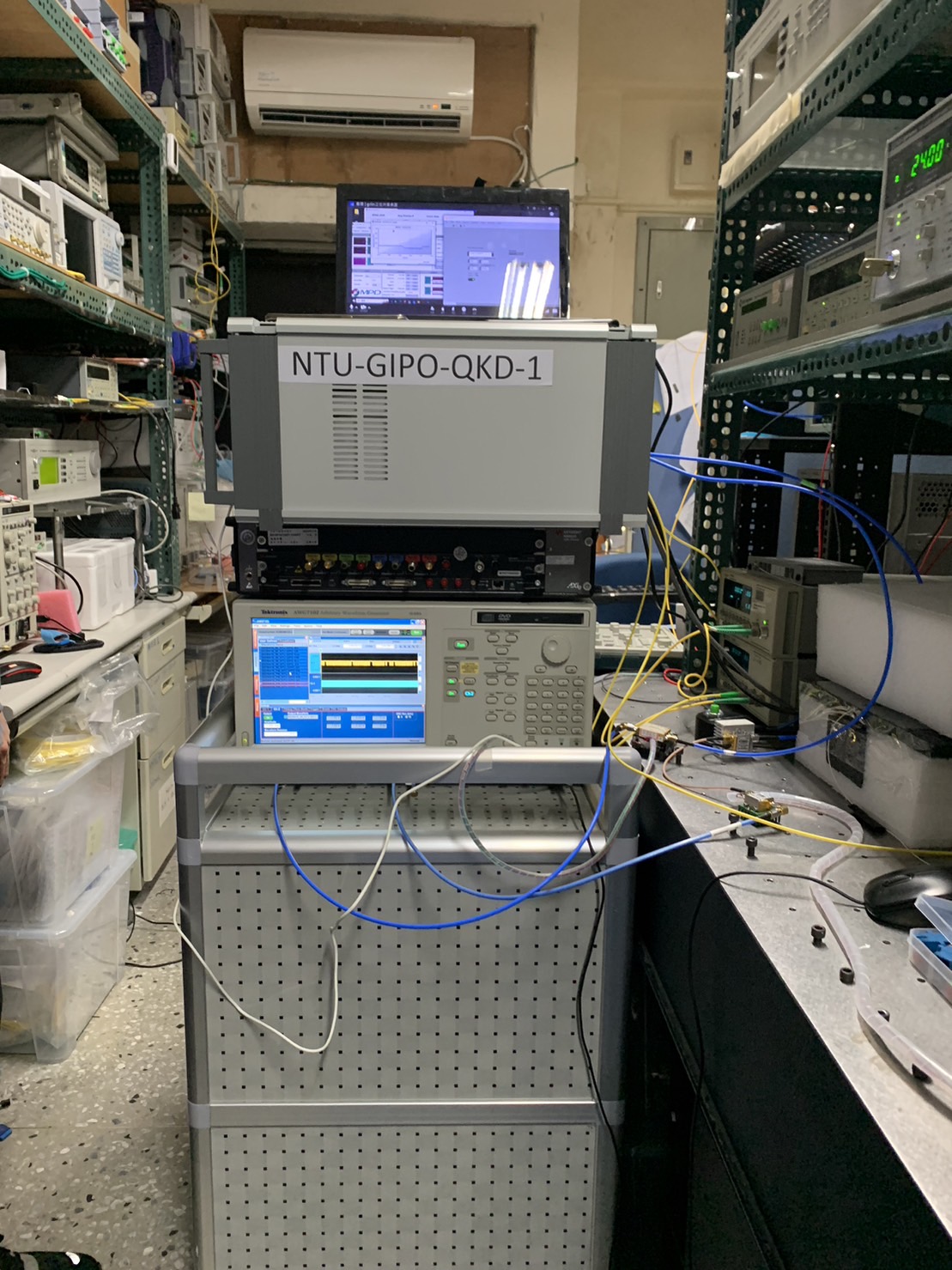| Technical Name | Bioinspired Artificial Ligament Fabricated by Interfacial Polyelectrolyte Complexation Technique for Ligament Regeneration | ||
|---|---|---|---|
| Project Operator | National Tsing Hua University | ||
| Project Host | 王子威 | ||
| Summary | This study employs Interfacial Polyelectrolyte Complexation Spinning (IPC) technology to fabricate tissue-engineered ligaments. By combining our customized machinery with gradient mineralization process, we create artificial ligaments replicating the physiological properties of natural ligaments. The technology includes the incorporation of biomolecules and cell therapies, enabling regenerative potential and improving clinical outcomes by providing effective, durable ligament repair options. |
||
| Scientific Breakthrough | IPC technology demonstrates exceptional biomimetic properties and regenerative potential with hierarchical structures and mineral gradients that significantly simulate ligament anatomy and physiology. The bioconstruct exhibits tissue-like performance in cyclic tensile tests. Compared to clinical methods, it excels in biocompatibility, integrability, mechanical performance, and regenerative potential. It also can incorporate multiple therapeutic factors for sustainable ligament regeneration. |
||
| Industrial Applicability | This technology drives the advancement of medical devices for musculoskeletal tissue repairs. The scaffold can be customized and loaded with therapeutic factors for specific needs. It can benefit other medical applications, such as artificial nerves, in vitro models, sutures, etc., due to its high potential. With low manufacturing costs, high market demand, and significant economic benefits, it will become a breakthrough in the biomedical field, impacting patients and the healthcare industry. |
||
| Keyword | Interfacial Polyelectrolyte Complexation Spinning Technology Biofabrication Biomaterials Natural Polymer Artificial Ligament Tissue Engineering and Regenerative Medicine Biomimicry Biomechanics Stem Cell | ||
- Contact
- Tzu-Wei Wang
- twwang@mx.nthu.edu.tw
other people also saw















